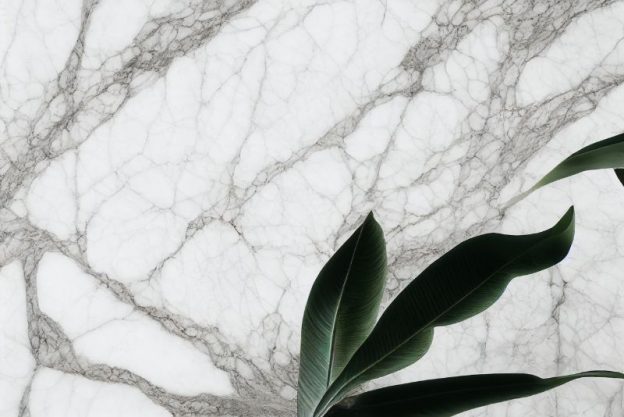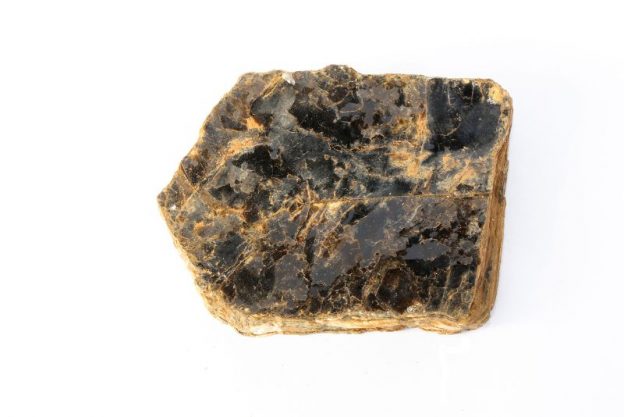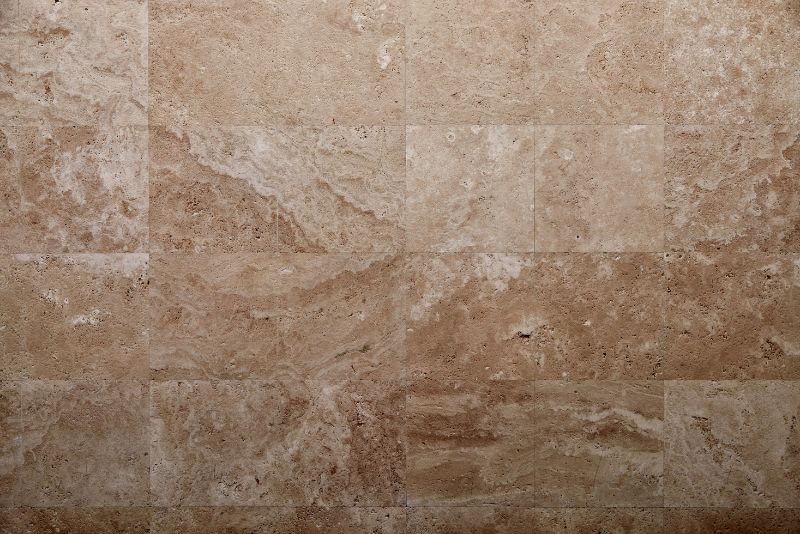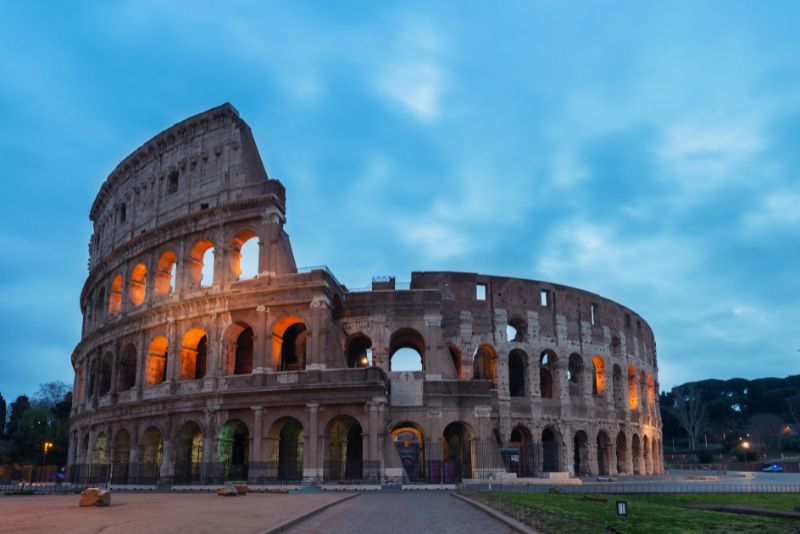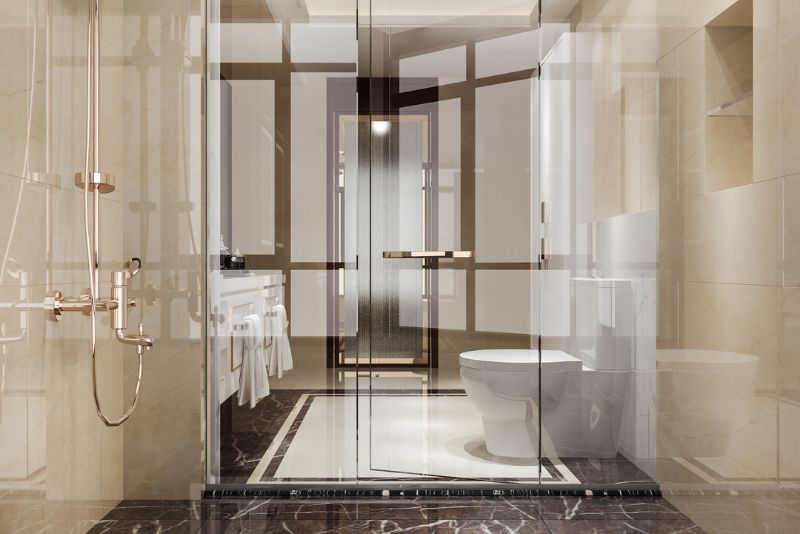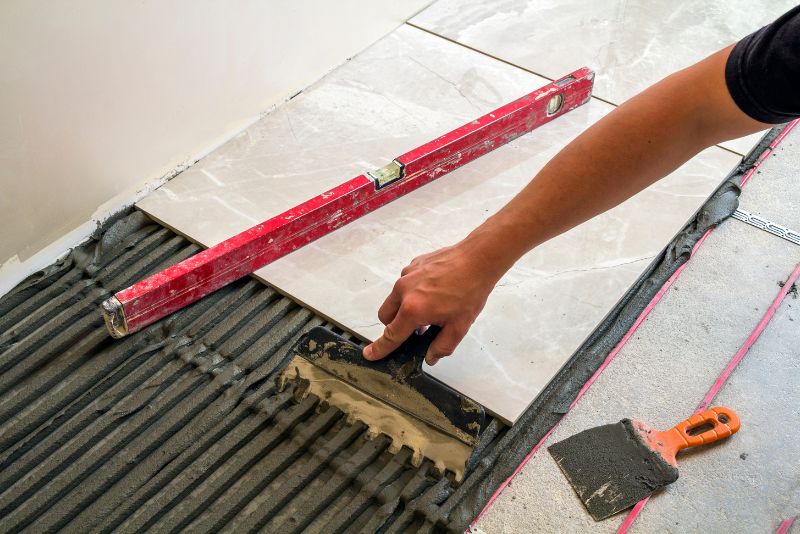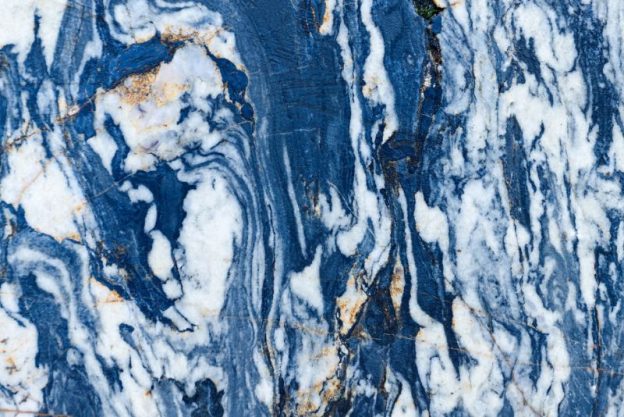Marble is known for its elegance and timeless beauty and has graced countless sculptures and buildings throughout history. But what minerals lies beneath its often polished surface? This post delves into the intriguing composition of marble, revealing how it transforms from a simple rock into a symbol of luxury and art.
Metamorphic Marvel of Marble
Marble begins its journey deep within the Earth, where intense pressure and heat metamorphose limestone into this lustrous stone. Its main ingredient, calcite, forms the backbone of marble’s structure, contributing to its characteristic sheen and strength.
Calcite Is The Heart of Marble
Comprising 90% to 99% of marble, calcite, a crystalline form of calcium carbonate, defines the stone’s basic characteristics. This mineral not only dictates the hardness of marble but also its ability to take on a high polish, making it a favourite among sculptors and architects.
The Supporting Cast of Minerals
While calcite stars in marble’s composition, a supporting cast of minerals adds colour and depth to this natural art piece:
- Dolomite: Often present, dolomite can transform marble into a dolomitic variant, slightly altering its properties and appearance.
- Quartz: Though not a major player, quartz’s presence can add a subtle sparkle.
- Micas (Biotite and Muscovite): These minerals can lend a shimmering effect, enhancing marble’s natural beauty.
- Other Minerals: From pyrite for a touch of gold to graphite for soft greys, these additional minerals paint marble in a spectrum of colours and patterns.
The Art of Veining: Nature’s Masterpiece
The unique veining in marble that is a result of impurities like clay and iron oxides, tells us a story of its geological journey. These veins that present themselves not only add aesthetic value but also narrate the history of the rock, making each marble piece a one-of-a-kind natural art.



